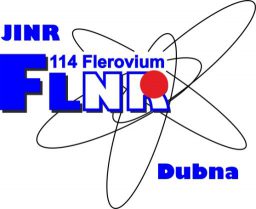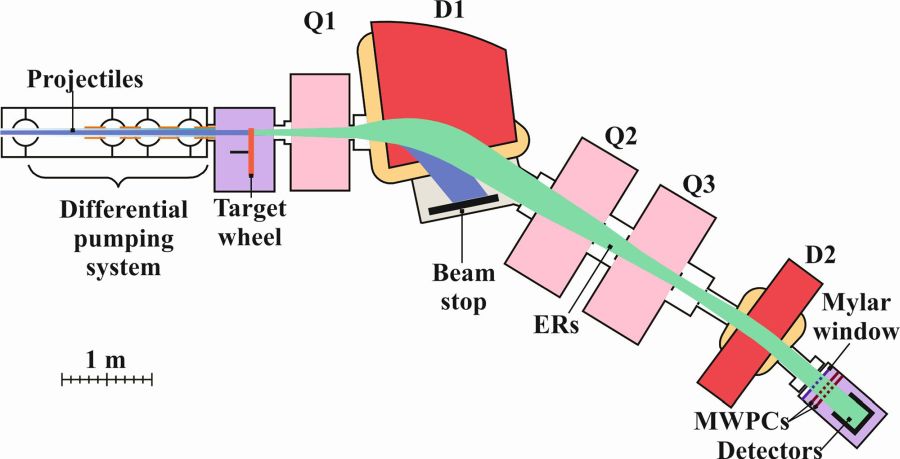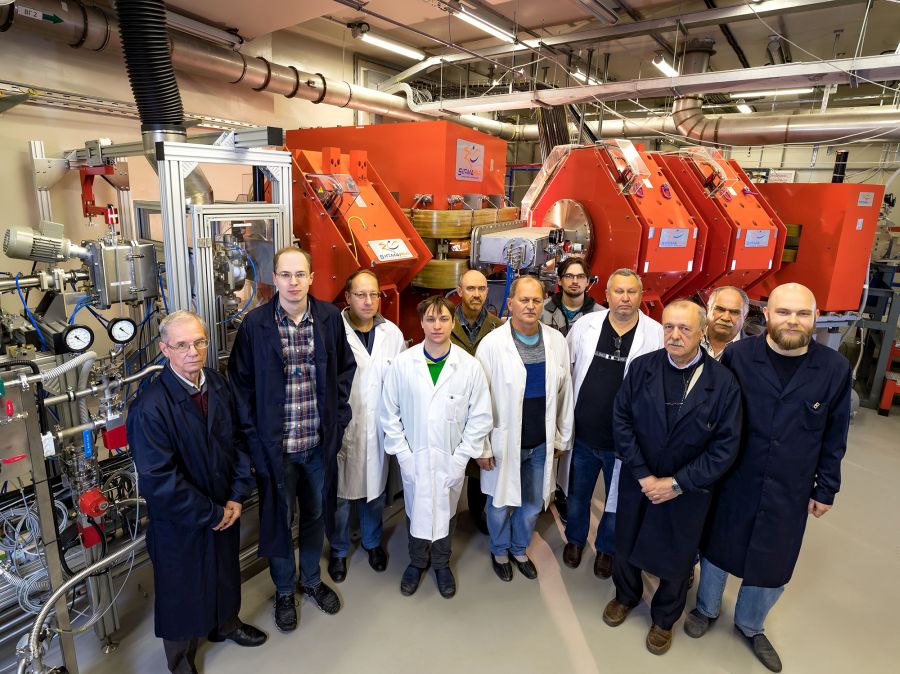DGFRS-2 Separator: tested successfully, ready for new discoveries
A group of FLNR scientists were awarded Second JINR prize 2022 in Experimental Research contest for the series of works on design and creation of the new gas-filled separator DGFRS-2 – the first setup for synthesis and study of properties of SHE Factory nuclei. Using DGFRS-2 the scientists plan to reach the new level in the study of SHE isotopes and synthesize the new ones -119th and 120th. In the series of publications the processes of creating separator units, programming ion transfer from target to detectors and a series of 2019-2022 test experiments as well are described.
New DGFRS-2 gas-filled separatorU400 accelerator and DGFRS separator experiments started in 2000 significantly expanded the boundaries of the heaviest nuclei region. Six elements up to Og (atomic number 118) were synthesized, properties of isotopes of more than 50 elements from Rf (atomic number 104) and higher were studied. But with this setup scientists were not able to synthesize elements with the atomic number higher than 118, to produce SHE isotopes with fewer or more neutrons, to study more properly the properties of nuclei, chemical properties of SHE. Record for 2000 sensitivity of the experiment was no longer enough to continue research.
To increase sensitivity tenfold the SHE Factory was created based on DC-280 high-intensity universal cyclotron. DGFRS-2 separator became the first setup for the synthesis and study of the properties of the Factory nuclei. It has two twice the efficiency of transporting nuclei to detectors compared with DGFRS separator at U400 accelerator.
DGFRS-2 separator has QvDhQhQvD ion-optical scheme. Qv quadrupole focuses the ions emitted from the target in vertical direction so that the most of the complete fusion reaction products (ERs) pass through the gap of Dh dipole magnet. This magnet deflects ions by 31.5° and focuses them in horizontal direction. Dipole separates ERs from the beam particles and suppresses most other background particles (such as scattered beam and target ions, incomplete fusion products, etc. Qh and Qv quadrupoles focus ERs onto a detector located at thevDGFRS-2 focal plane in horizontal and vertical directions. D dipole with 10° deflection angle additionally suppresses the background of charged particles – alpha particles, protons, etc. formed in the reactions of ion beams with gas and DGFRS-2 internal walls.
Ion-optical scheme of the separator
Two programs were developed to describe the ion movements in the magnetic fields of the separator: the first was created when designing the separator, the second one based on the GEANT4 software package was written later. The created programs made it possible to describe with high accuracy the horizontal and vertical distributions of nuclei at various combinations of currents in the magnets, at variation of gas pressure in the separator, to calculate ion transmission and to determine current values in various experiments.
New blocks have been developed to accommodate detectors of different sizes.
A system of multi-stranded proportional chambers operating at 1.6 mbar pressure has been created to establish the fact of particle arrival from the separator. The nuclei detection system includes digital and analog electronics that functions independently and allow to turn off the beam after the decay of the mother nucleus to suppress background when observing the decay of daughter nuclei.
A system ensuring a constant gas flow through the separator, stable gas pressure in it with variable given value, the safe use of different gases has been developed as well.
The entire series of test experiments, as well as the first experiments on the study of elements 110, 112, 114 and 115 isotopes showed that the new experimental complex is good to continue studies of SHE at the higher level of sensitivity. Synthesis of heavier elements – 119 and 120 is also planned. The preparatory work is under way now.



